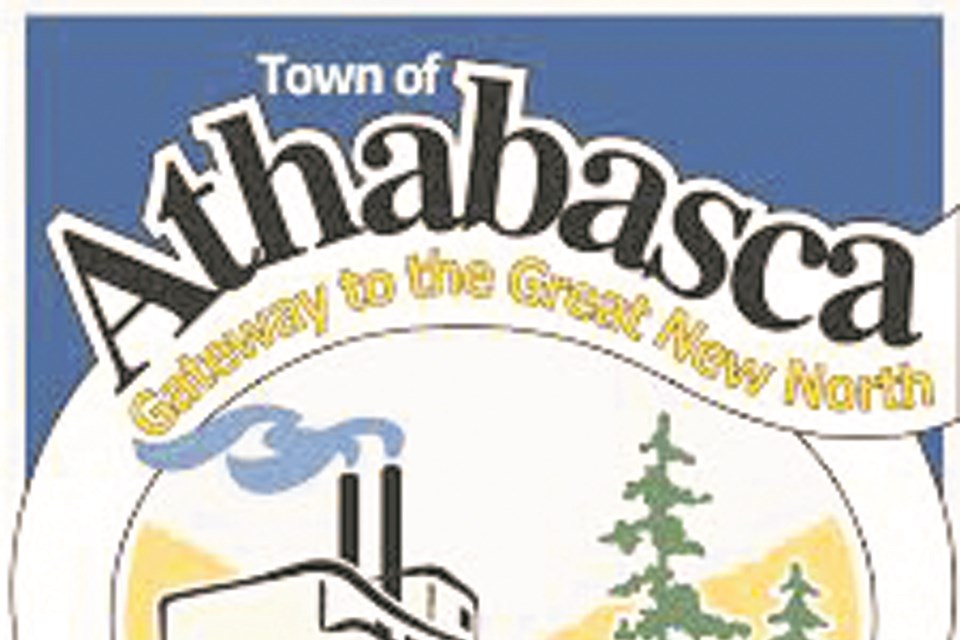ATHABASCA – The numbers are now finalized and there will be a bump in tax rates for property owners in the Town of Athabasca.
At town council’s April 19 regular meeting, the second and third reading of Bylaw 003-2022, the 2022 tax rate bylaw, passed and will see the municipality, with an assessment role of $366,446,190, collect $5,196,322 in taxes for itself and the province. An average residential property owner is expected to see a 2.5 per cent increase in their taxes this year, while non-residential property owners should expect about a 1.5 per cent increase, just as council and administration told attendees at a February budget town hall.
The residential tax/mill rate is set at 8.7265, while non-residential and machinery and equipment rates each sit at 17.2704.
The municipality will collect $1,060,184 on behalf of the provincial government for the Alberta School Foundation Fund; $41,542 for seniors housing; and $442 for designated industrial requisitions.
Earlier in the meeting, auditor Scott Mockford with Doyle & Company presented officials with the audited financial statements for 2021, giving kudos to the town’s finance department and good grades overall for the general accounting practices of the municipality.
“So, our job is not to prepare the financial statements as much as it is to audit them,” said Mockford. “We get provided the records when we come up here, and we go through those in detail and do the necessary audit procedures which will include everything from confirmations of all of your banks and your receivables and your payables and all of the funding that you would have received during the year and then on a test basis, we would go through all of the revenue and expenditures and make sure that there is appropriate support for all of the expenditures that have been approved.”
After explaining some of the procedures he employs as an auditor, Mockford went over some of the highlights.
“You've got restricted surplus, which is your reserves … and then you've got what we call surplus in your capital assets, which is all the infrastructure, buildings and everything else,” he said. “The unrestricted surplus is probably the most important for you guys. You have an opening unrestricted surplus of ($677,000) and finished with a deficit of ($424,000). That's the number that I think in most cases, you're trying to keep as close to zero as you can and not get into a big deficit of an unrestricted surplus.”
The town is also carrying $31,481,043 in equity on tangible capital assets.
Mockford also noted the town’s policy of allowing employees to defer vacation days over the years for up to 90 days is something he doesn’t see in many municipalities.
As far as long-term liabilities are concerned, the town took on an additional debenture in 2021 with the unexpected increase in the price of the raw water intake project. That $1.26 million loan brought the total amount now owned in debentures to $6,401,752. The town paid off $279,740 on those debentures in 2021.
About $6.9 million of the town’s $13.2 million debt limit is still available.
Upon council’s approval, the document was finalized and will now be submitted to Municipal Affairs.



